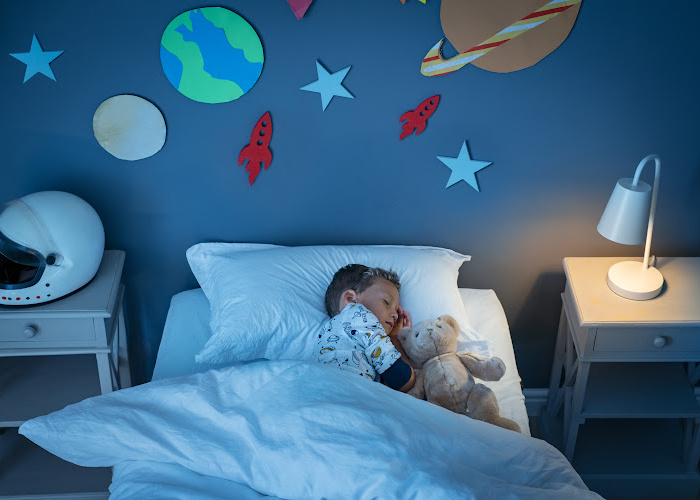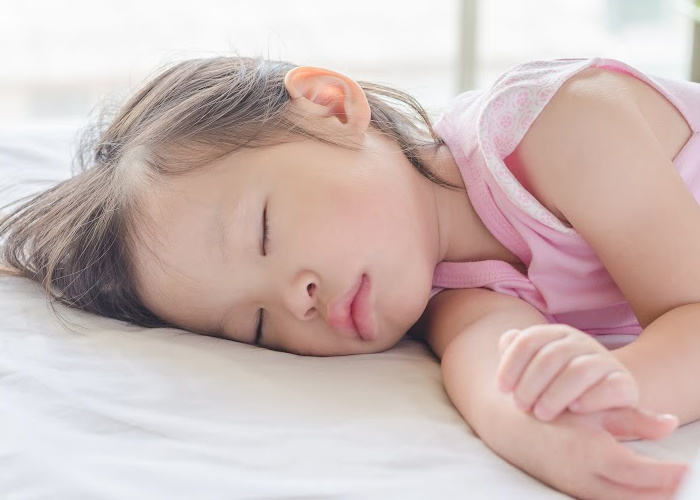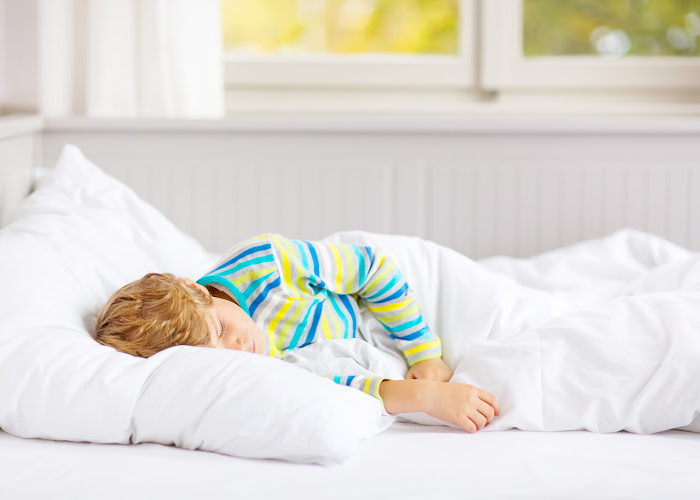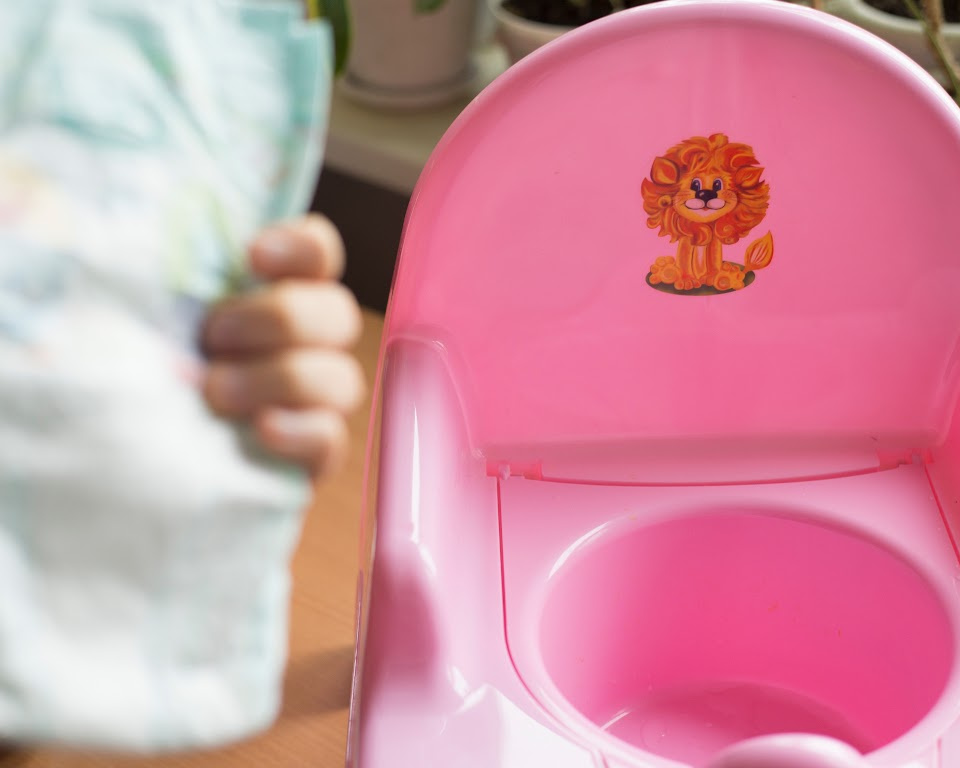Understanding how to communicate with a nonverbal autistic child is a challenge many parents, caregivers,…

Ultimate Guide on How to Help an Autistic Child Sleep
Getting enough restful sleep is essential for everyone, but if you’re a parent of an autistic child, you know that bedtime can come with its own set of challenges. Understanding and employing effective autism sleep solutions may transform a night of tossing and turning into one of peaceful slumber.
Navigating the intricacies of sleep aids for autistic children, finding calming techniques for an autistic child’s bedtime routine, and exploring natural remedies for improving sleep in autistic children are all steps on the path to a good night’s rest. Let’s dive into the strategies that can make bedtime less stressful and more conducive to the restorative sleep your child needs.
Creating a Soothing Bedtime Routine for Autistic Children
A stable and calming bedtime routine is an essential strategy for improving sleep in autistic children, with the power to address autism and sleep disorders proactively. By incorporating a sequence of predictable, relaxing activities, you can help ease the transition to sleep and foster a sense of security.
Start with a series of activities that signal the winding down of the day. These may include:
- A warm bath to help relax the body.
- Story time with a favorite book to calm the mind.
- Gentle stretches or yoga poses to release physical tension.
For older children, consider a period of quiet conversation to share thoughts from the day, followed by time for individual relaxation, such as listening to soft music or a bedtime meditation. The introduction of visual supports, like charts and cards, can aid in guiding your child through each step of their routine, especially helpful in addressing autism and sleep problems.
When nighttime disturbances occur, maintain a consistent approach by gently guiding your child back to bed with minimal disruption. Recognize their effort and adherence to the routine with simple rewards such as stickers or words of praise, reinforcing the positive behavior.
Remember, when creating a bedtime routine for an autistic child, the transition to new habits should be gradual. Use positive reinforcement liberally throughout the process, and stay patient as your child adapts to the new routine. Over time, these steps will not only contribute to better sleep but may also alleviate the anxieties associated with autism and sleep disorders.

Personalizing Your Child’s Sleep Environment
Every child deserves a sleep sanctuary, especially children with autism who may be sensitive to their surroundings. By personalizing and optimizing the bedroom, you’re not just creating a space that is conducive to sleep, but also one that respects and addresses the unique sensory needs your child may have. Let’s explore some autism sleep therapy techniques and sleep tips for children with autism to help you transform your child’s bedroom into a perfect sleep haven.
Addressing Sensory Sensitivities
Children with autism may have different sensory sensitivities, which can significantly impact their ability to get a good night’s rest. It’s crucial to identify what soothes your child and what may be causing distress. Consider incorporating items such as weighted blankets, which some find comforting. Avoid scratchy fabrics and opt for soft, breathable bedding that can help in supporting sleep hygiene in children with autism. Additionally, examine auditory stimuli in the room. A white noise machine can mask disruptive sounds and create a consistent auditory environment.
- Weighted blankets for comfort
- Soft, breathable bedding
- White noise machines to soothe auditory sensitivities
Regulating Temperature and Light for Optimal Sleep
The right room temperature and lighting can make a significant difference in encouraging sleep. Slight adjustments to the thermostat can support your child’s natural sleep patterns. Blackout curtains are often recommended sleep strategies for parents of autistic children, helping to signal that it’s time to wind down. Meanwhile, during waking hours, natural light exposure is beneficial for maintaining a regular circadian rhythm.
- Adjusting the room temperature for comfort
- Utilizing blackout curtains to reduce light stimulation
- Maximizing exposure to natural light during the day
Making Safety a Priority in Your Child’s Bedroom
Safety is paramount, and this is even more crucial for children who might have less awareness of danger. Ensure the room is free from potential hazards, such as cords from window blinds, and the furniture is secure. Door alarms can alert you if your child wanders at night, an important safety feature for some families. By combining these measures, you contribute to a safe and peaceful environment for your child to sleep and play in.
-
- Securing furniture and removing room hazards
- Installing door alarms for added security
Dietary and Daytime Strategies to Improve Sleep
When it comes to sleep strategies for children with autism, what happens during the day can be just as crucial as the bedtime routine for an autistic child. Both dietary habits and physical activities play significant roles in mitigating sleep disturbances in autism. Tailoring these daytime habits can pave the way for promoting better sleep in autism, making the nights easier for both you and your child.
Structuring Physical Activities and Diet for Better Sleep
Activities that engage your child’s body and mind are instrumental in establishing a rhythm conducive to sleep. Think of physical activities as an outlet for excess energy, helping your child feel more tuned in to the natural sleep-wake cycle. Here’s a snapshot of how you can orchestrate these elements:
- Ensure engaging and age-appropriate play is a part of your child’s everyday life.
- Incorporate a balanced breakfast to jumpstart their circadian rhythm.
- Introduce a consistent dinner time to prevent sleep disruption from hunger or digestive discomfort.
Understanding the Role of Melatonin in Sleep
Autism sleep interventions sometimes include the use of melatonin, a hormone that plays a critical role in sleep. In some instances, under the guidance of a healthcare professional, melatonin supplements can assist in regulating an erratic sleep-wake cycle. However, it’s important to approach this option with care and only after a thorough evaluation.
Limiting Stimulants to Encourage Natural Sleepiness
One of the key components in reducing bedtime resistance is to limit stimulants, especially as the day winds down. Caffeine and sugar can be particularly disruptive to your child’s ability to fall asleep. Here’s how you can better manage these stimulants:
- Curb the intake of sugary snacks and caffeinated drinks well before bedtime.
- Establish a screen-free zone at least an hour before it’s time to sleep to promote a state of calm.
- Opt for calming activities that encourage relaxation and signal that the day is coming to an end.
These autism sleep interventions not only foster natural drowsiness but also set the stage for a smoother transition into the night, improving the odds of a full night’s rest for your child—and for you.

Conclusion
As we’ve explored, managing sleep issues in autistic children requires a comprehensive and empathetic approach. Every child is distinctive, and their sleep solutions must be equally personalized. By crafting a calming bedtime routine, adapting the sleep environment to meet sensory needs, and considering dietary as well as daytime activities, you’re building a strong foundation for improving sleep for autistic children. Remember, the journey to better rest is not a one-size-fits-all; it’s about finding the right combination of techniques that resonates with your child’s unique disposition.
While natural remedies and autism sleep solutions play an instrumental role, the effectiveness of sleep aids for autistic children should not be underestimated. Be it a security blanket or a specific lullaby, these aids can often be the key to overcoming restlessness and promoting enduring sleep patterns. However, their use should align with a child’s preferences and, when necessary, the guidance of a healthcare professional.
In summary, your dedication to understanding and addressing the nocturnal challenges your child may face is invaluable. With patience and a dash of creativity, you can tailor sleep strategies that pave the way to tranquil nights and brighter mornings for both you and your child. By embracing these varied approaches, you’re ensuring that each night is a step towards enhancing your child’s well-being and overall development. Keep in mind, the small victories during bedtime rituals are significant strides in nurturing your child’s health and happiness.

FAQ
What are some effective autism sleep solutions?
Effective autism sleep solutions involve a combination of strategies like establishing a consistent bedtime routine, personalizing the sleep environment to address sensory sensitivities, and using calming techniques before bed. Sleep aids such as melatonin should only be used after consulting a healthcare professional. Natural remedies might include essential oils or relaxation exercises that cater to your child’s preferences.
How can I create a calming bedtime routine for my autistic child?
Creating a calming bedtime routine can be approached by introducing a sequence of relaxing activities like a warm bath, storytelling, or gentle music. Consistency is key, so try to perform these activities at the same time every night. Visual aids or schedules can help your child understand and follow the routine more easily.
What are some tips for personalizing my child’s sleep environment?
Personalizing your child’s sleep environment involves addressing individual sensory preferences and needs. This might include using blackout curtains, white noise machines, or specific types of bedding. Ensuring the room is at a comfortable temperature and quiet can also be beneficial. Remember to remove any stimulating or distracting items from the bedroom.
What strategies can I use for improving sleep in my autistic child?
For improving sleep in your autistic child, consider introducing daytime strategies such as regular physical activity, avoiding caffeine or sugary snacks close to bedtime, and establishing a well-balanced diet that supports natural sleep patterns. Additionally, ensure that your child’s bedroom promotes relaxation and is optimized to meet their sensory needs.
Can dietary choices affect my autistic child’s sleep?
Yes, dietary choices can play a significant role in your autistic child’s sleep. Ensure they have a nutritionally balanced diet and avoid heavy or large meals close to bedtime. Restricting caffeine and sugary foods can prevent them from becoming too energized before sleep. Integrating foods rich in melatonin or magnesium might encourage drowsiness.
How do I handle sleep disturbances in my autistic child?
Manage sleep disturbances by maintaining a calm and reassuring presence if your child wakes up at night. Guide them back to bed with minimal interaction to avoid fully waking them. Ensure the sleep environment remains consistent and consider using gentle, reassuring techniques like a favorite stuffed animal or a nightlight if needed.
Are there natural remedies that help improve sleep in autistic children?
There are several natural remedies that may help improve sleep in autistic children, such as establishing a peaceful bedtime routine, using lavender or chamomile scents, and implementing relaxation exercises. Always approach these remedies with caution and consult a healthcare professional before trying any new approach.
What sleep aids are available for autistic children?
Sleep aids for autistic children can range from over-the-counter remedies like melatonin, to prescription medications, to non-pharmacological options such as weighted blankets or sleep-inducing sound machines. It’s important to discuss any sleep aid with a healthcare provider to determine what’s safe and appropriate for your child.
How can I ensure the safety of my autistic child’s bedroom?
To ensure the safety of your autistic child’s bedroom, remove any objects that could cause harm if your child wakes up during the night. Secure furniture to the walls, use window guards, and consider a monitor if you need to hear them from another room. It’s also important to make sure your child cannot leave the house unsupervised.
How does a regular daytime routine affect my autistic child’s sleep?
A regular daytime routine can positively affect your autistic child’s sleep by helping to regulate their body clock and induce natural tiredness at the end of the day. Include structured physical activities, consistent meal times, and opportunities for relaxation to support better sleep habits.



This Post Has 0 Comments